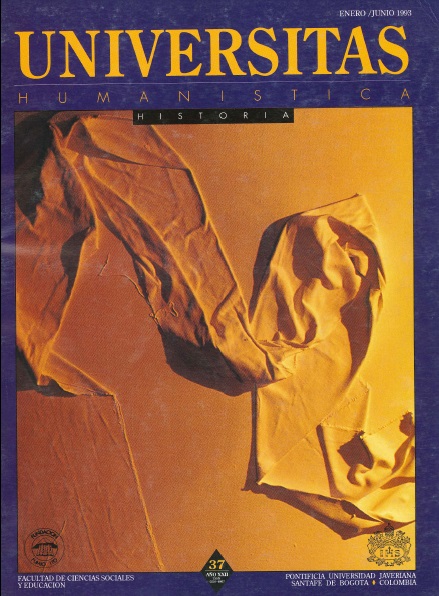Abstract
De acuerdo con Octavio Paz, si la Chingada es una representación de la Madre violada, no es forzado asociarla a la Conquista, que fue también una violación, no solamente en el sentido histórico, sino en la carne misma de las indias (1). Elaborado por la imaginación popular mexicana a partir del personaje histórico de Doña Marina (2), el mito de la Chingada, es decir el asalto de un conquistador a una mujer indígena indefensa, es una de las imágenes más apropiadas para representar el llamado "encuentro de dos culturas". La Chingada - dice O. paz-, es ante todo la Madre, "no de carne y hueso sino una figura mítica", "una de las representaciones mexicanas de la Maternidad", "la madre que ha sufrido, metafórica o realmente, la acción corrosiva e infamante implícita en el verbo que le da nombre".
This journal provides immediate open access to its content on the principle that making research freely available to the public, encourages greater global exchange of knowledge.
The journal Universitas Humanística is registered under a Creative Commons Attribution 4.0 International Public License. Thus, this work may be reproduced, distributed, and publicly shared in digital format, as long as the names of the authors and Pontificia Universidad Javeriana are acknowledged. Others are allowed to quote, adapt, transform, auto-archive, republish, and create based on this material, for any purpose (even commercial ones), provided the authorship is duly acknowledged, a link to the original work is provided, and it is specified if changes have been made. Pontificia Universidad Javeriana does not hold the rights of published works and the authors are solely responsible for the contents of their works; they keep the moral, intellectual, privacy, and publicity rights.
Approving the intervention of the work (review, copy-editing, translation, layout) and the following outreach, are granted through an use license and not through an assignment of rights. This means the journal and Pontificia Universidad Javeriana cannot be held responsible for any ethical malpractice by the authors. As a consequence of the protection granted by the use license, the journal is not required to publish recantations or modify information already published, unless the errata stems from the editorial management process. Publishing contents in this journal does not generate royalties for contributors.


